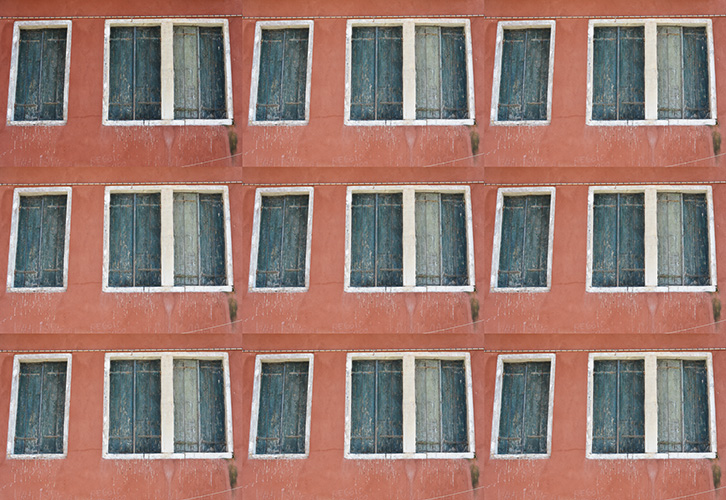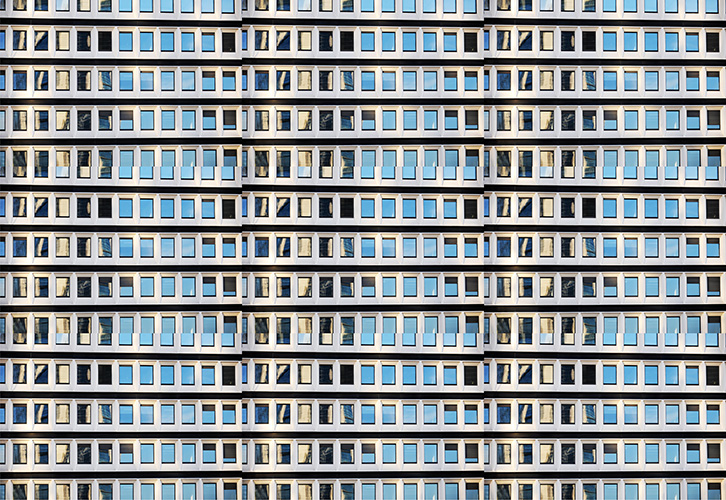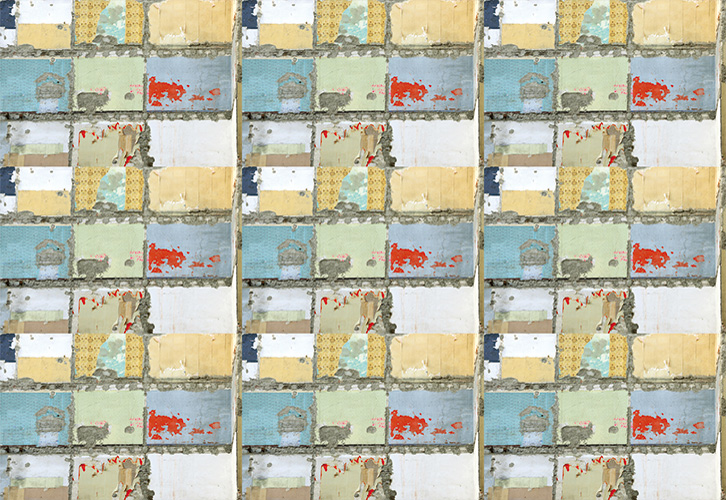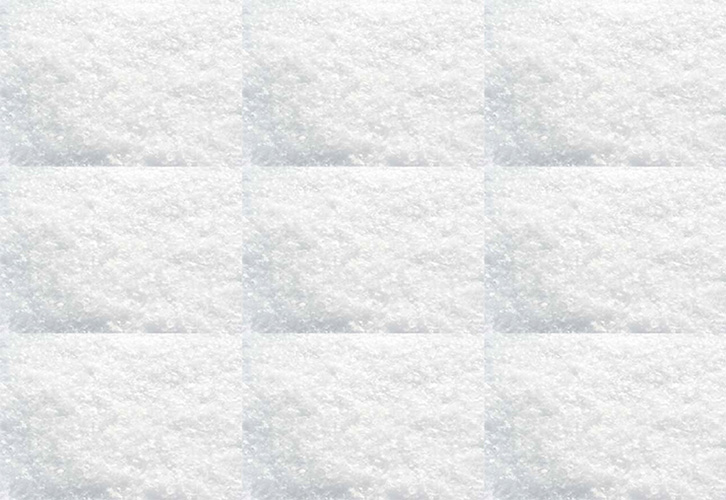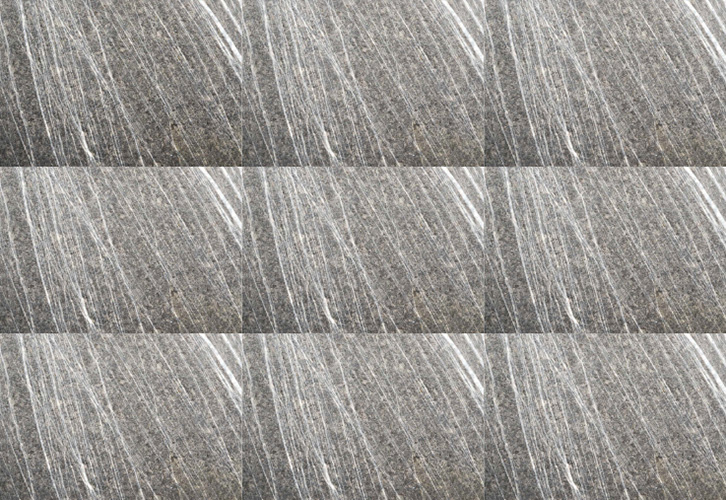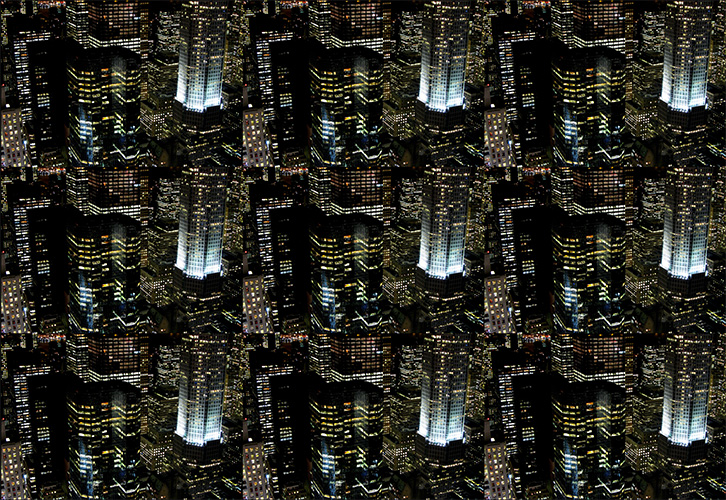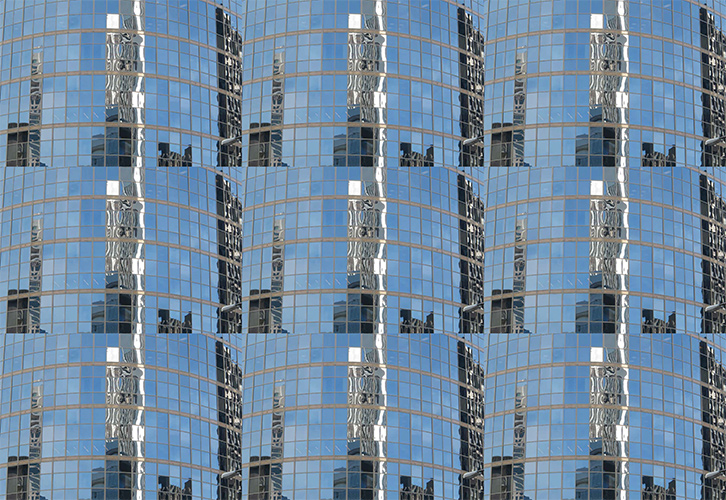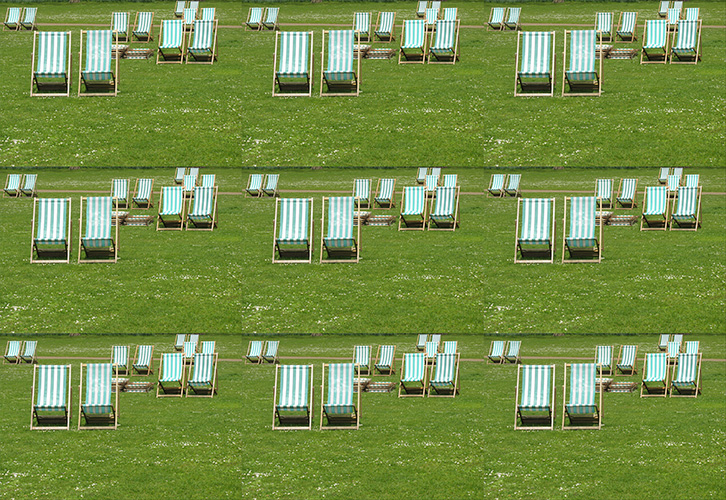Denis Curti - Fondazione FORMA per la fotografia
Italo Calvino loved symmetries.
His investment in creativity and in the concept of pretense within literature remains, in my view, unmatched. Is the feeling of seeing that interests me. A synthesis process. A symbiosis able to offer the opportunity to understand even only through the action of watching. Photography, in this sense, might by the ideal tool for the exaltation of description. In particular, the measurements, the signaling. I am interested in all contributions to a new grammar of the vision. The project and its development.
And all this resembles to the work of Andrea Rovatti: providing body and dynamism to a certain idea of static state. Therefore, fixing and multiplying to then transforming the conjugation of the infinite in mobile horizons. In this series dedicated to the fascinations and the urban landscapes of the United State, Rovatti resumes the features of pop art to experiment a possible contemporary re-update of photography applied to graphics.
Paradoxically, his idea is of a true disintegration of reality. A new world watched from a height aligned with pretense; by replicating the same picture, Rovatti creates form or chromatic relations, a rhythm of lines, up to the point of delineating another picture, a meta-image. In this context, the distance between the meaning and the signifier increases, leaving room to a certain idea of empathy ready to welcome the lightness of those lines and shapes that refer to the sought initial symmetry.
Nevertheless it is not just a question of aspects of composition. What attracts the sight is a renovated dimension of contemplation. Inside those images we are forced to consider the variable element of the precarious equilibrium. This way, naturally, an ambiguity of shapes is created, offering a broader spectrum of interpretation. Is the figurative picture that, in its multiplication, reassembles to be perceived also like abstracted.
